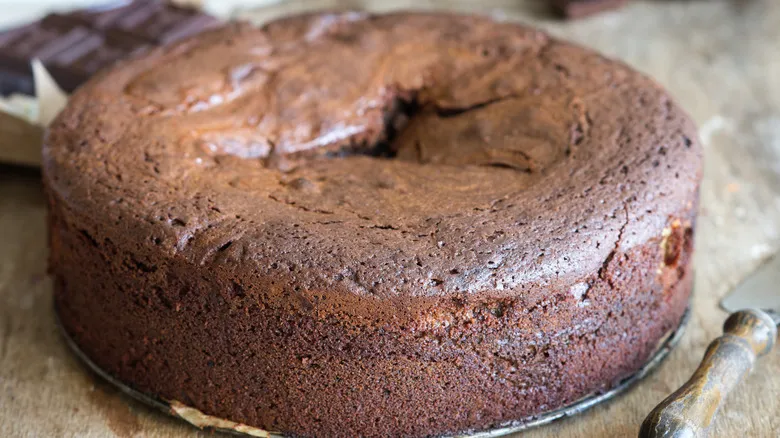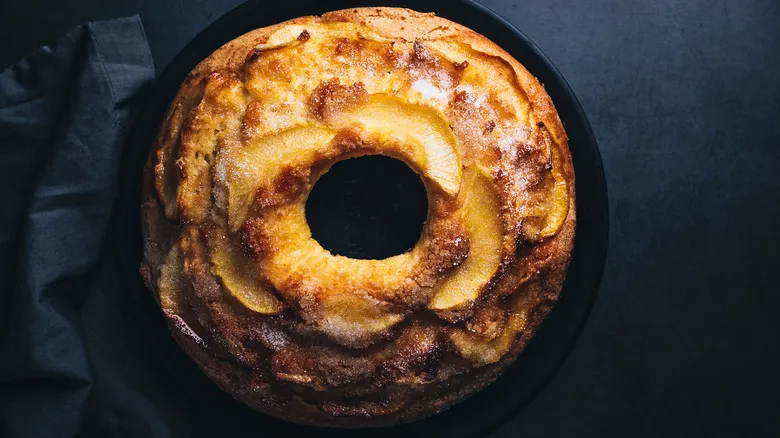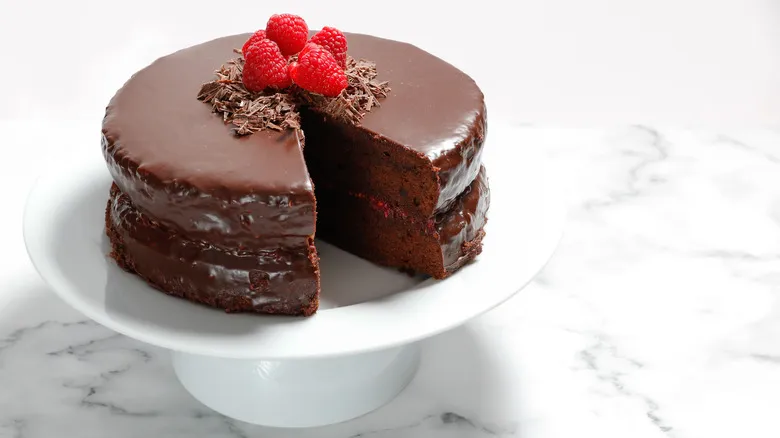The science of dropping your cake

The cake-dropping method is explained by Peter Barham, a physics professor at the University of Bristol, in his 2001 book, "The Science of Cooking." According to Barham, the issue of sunken cakes relates to the distribution of air bubbles within the sponge. Cake batter contains a leavening agent, usually baking soda or baking powder, which generates tiny bubbles during baking, causing the cake to rise. However, it's not entirely accurate to refer to these as "air bubbles," as they are filled with water vapor created by the heat of the oven. When the cake cools, this vapor condenses back into water, leading to the collapse of the bubbles. The cake's edges remain firm due to the support from the pan's walls, while the center sinks.
To prevent the bubbles in your cake from collapsing, it's essential to introduce outside air to replace the condensed water vapor. By gently dropping the cake, you can break open some of the bubbles, allowing air to enter the sponge and maintaining its light and fluffy texture. After doing this, you can allow the cake to cool without the sponge's bubbles deflating. While Barham's technique has received support from various publications, it has also faced skepticism. Let's explore the reasons behind this doubt and consider whether a minor adjustment to the method could be beneficial.
Some tests have challenged the cake-dropping method

Recently, chemist and food stylist Janice Lawandi evaluated Barham's cake-dropping technique, documenting her results on her website, The Bake School. She baked two identical cakes, dropping one from the recommended height of 30 cm immediately after taking it out of the oven. Lawandi observed that the dropped cake exhibited more sinking in the center compared to the undropped one, theorizing that this was due to the delicate structure of a freshly baked cake being unable to withstand such impact.
However, she also considered the possibility that she might have added too much leavening agent, which could have introduced additional issues. Cookbook author and popular TikTok chef Grandbabycakes also experimented with the cake-dropping method and reported positive results, highlighting that it can help prevent the cake from doming on top.
An alternative version of the cake-dropping technique has surfaced on various baking websites. This method involves dropping or tapping the cake pan before placing it in the oven, with a different objective than Barham's approach; it aims to eliminate large air pockets in the batter to achieve a smooth, even texture. It might be fun to experiment with both techniques in your own kitchen and see which one works best for you.
Recommended

3 Tips For Extra Chewy Chocolate Chip Cookies

Mary Berry's Jam Hack For Better Frosted Cakes

Give Your Cakes A Delicious Crust With One Simple Swap

Paul Hollywood's Foolproof Technique To Avoid Soggy Bottom Bakes
Next up

